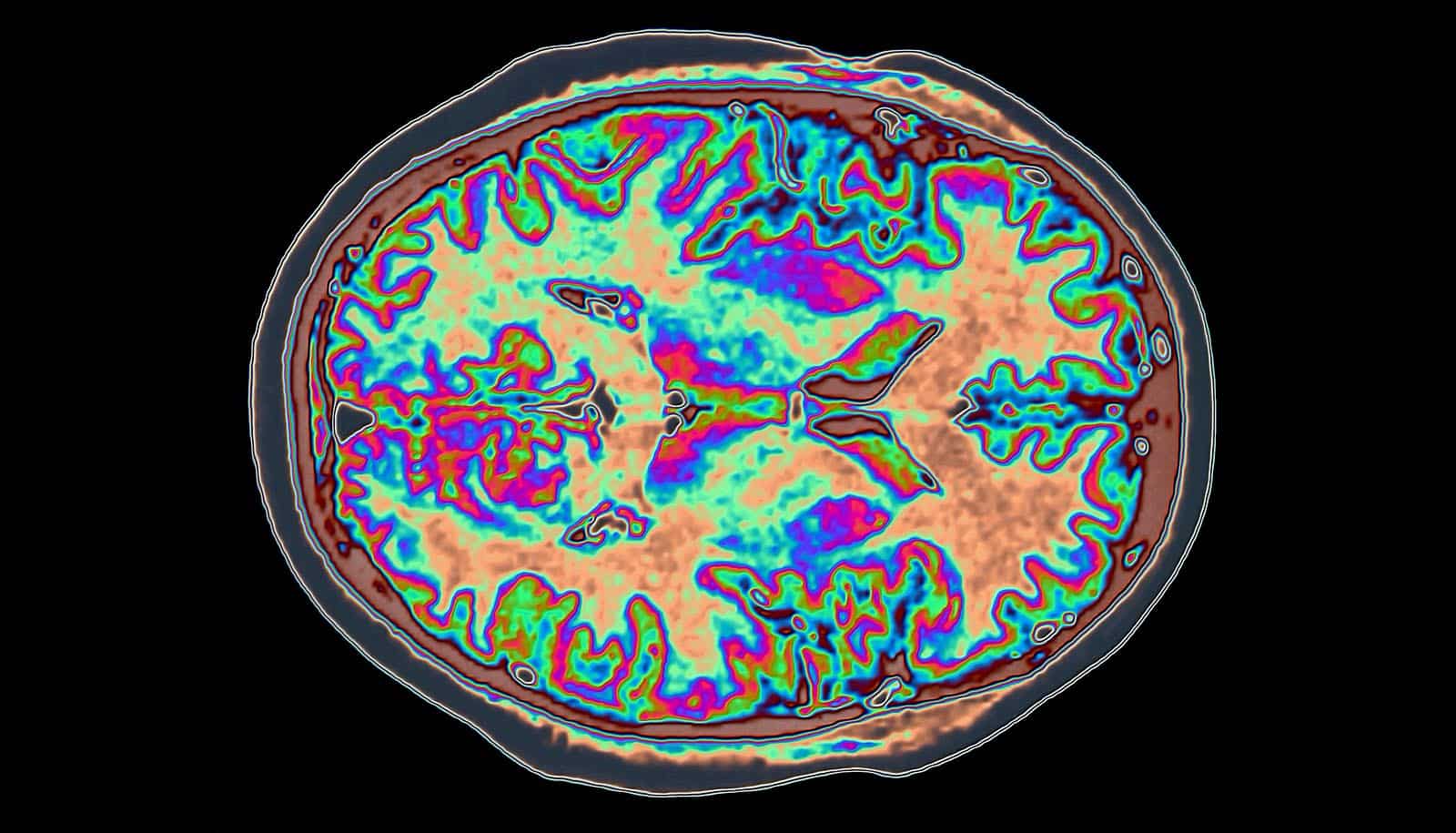Researchers report new ways to accurately identify possible biomarkers in adolescent brains that can reliably predict cognitive developments and psychiatric issues.
Their new study, published in Nature Mental Health, represents the first large-scale analysis of its kind in which researchers analyzed functional network connectivity (FNC) across scans and identified associations with a diverse range of health measures in children. Researchers believe that inferences about early cognitive and psychiatric behaviors in children may be made using these intra-subject variabilities as a useful biomarker.
Researchers studied four scans from more than 9,000 subjects ages 9 to 11.
Vince Calhoun, head of the Translational Research in Neuroimaging and Data Science (TReNDs) Center at Georgia State University, worked with the research team to develop the study. He says the research demonstrates that, independent of brain growth and development, a child’s FNC is robust and stable with high similarity across scans and can serve as a fingerprint to identify an individual child from a large group.
“This study is quite exciting as it shows the promise of using advanced machine learning to identify brain patterns which might help us intervene early in children who are most at risk for cognitive or psychiatric problems,” says Calhoun, senior author of the study.
Researchers say that brain functional connectivity derived from functional magnetic resonance imaging (fMRI) is commonly used as a potential blueprint for adults. But they believe that intra-subject variation of FNC can carry biologically meaningful information, especially during adolescence, which is a time of significant change in the brain.
Principal investigator Zening Fu says the study demonstrates that functional connectivity variability can predict a wide range of children’s behavior, including cognition, mental health, and sleep conditions.
“Most previous fMRI studies believe that resting-state functional connectivity can provide a fingerprint of an individual, and that variability in connectivity is due to noise or other confounding effects,” says Fu. “However, we found that the variations of individualized FNC across scans are notable and convey psychological and physiological information underlying distinct behavioral phenotypes in children. Multivariate methods could help to capture much larger effects between FNC stability and children’s behavior.”
The research team was able to predict with surprising accuracy a number of conditions or outcomes, including cognitive performance and psychiatric problems. Researchers were also able to predict sleep conditions and screen usage based on FNC stability. Additionally, they were able to identify brain-behavior correlations with parent psychopathology and prenatal exposure to marijuana and other drugs.
Fu explains how they are able to read the results and, in many cases, predict outcomes in children based on the scans over time.
“FNC stability in our present work is defined as the variability or changes in the resting-state functional connectivity across scans (measurements),” Fu says. “That is, if a subject has been collected using resting-state fMRI scans multiple times, the functional connectivity estimated using each fMRI scan should be different, even if they are from the same subject. Such difference or variability is not trivial, but biologically meaningful. Subjects with larger FNC variability (smaller stability) might tend to have lower cognitive performance and more mental health problems.”
In a second study, published in Biological Psychiatry, research conducted at the TReNDS Center and led by Weizheng Yan finds that functional network connectivity, which steadily reconfigures over time, potentially contains abundant information to assess psychiatric risks. Yan is a former postdoctoral research associate with the TReNDS Center now working with the National Institutes of Health.
As part of the study, researchers developed a brain-wide risk score (BRS), a novel FNC-based metric that contrasts the relative distances of an individual’s FNC to that of psychiatric disorders versus healthy control references.
The research team discovered that the BRS revealed a distinct, repeatable gradient of FNC patterns for each psychiatric disorder in over 8,000 unaffected teenagers, ranging from low to high risk. The BRS could also identify people with early psychosis from healthy controls and predict psychosis scores.
To generate group-level disorder and healthy control references, researchers used a large brain imaging dataset containing more than 5,000 individuals diagnosed with schizophrenia, autism spectrum, major depressive and bipolar disorders, and their corresponding healthy controls.
The findings show that the BRS could be a new image-based tool for assessing psychiatric vulnerability over time and in unaffected individuals, and could also serve as a potential biomarker, facilitating early screening and monitoring interventions.
Both studies used a multimodal database known as the Adolescent Brain Cognitive Development (ABCD) Study. The dataset contains a wide range of measurements of mental health, cognition and other health-related factors that have been found to be helpful in examining the connection between teenage behaviors and brain function.
TReNDS is a collaboration among Georgia State University, the Georgia Institute of Technology, and Emory University.
Source: Georgia State University



